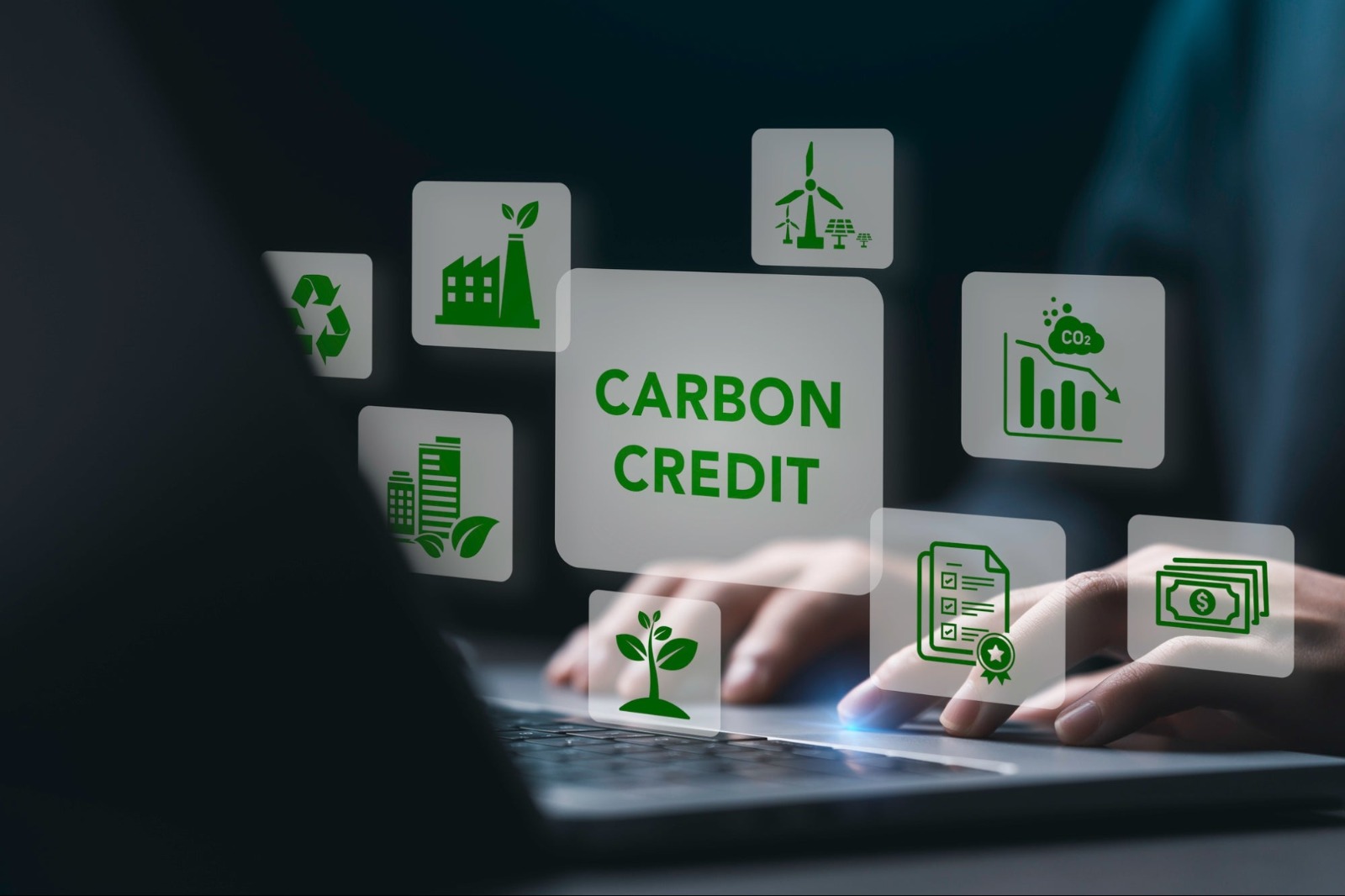MarketPlace
"Solving Where"
Simplifying Net Zero & RE100
Simpler way to procure RECs and Carbon Credits Globally
RECs (EACs)
I-REC, US-REC, GO, TIGR, K-REC, J-CREDIT, and more
Voluntary Carbon Standards
Verra, Gold Standard, Puro.earth, and more

"Solving Where"
Simplifying Net Zero & RE100
Simpler way to procure RECs and Carbon Credits Globally
I-REC, US-REC, GO, TIGR, K-REC, J-CREDIT, and more
Verra, Gold Standard, Puro.earth, and more

From understanding your Carbon Footprint to reducing your emissions, we'll be there.
We have the roadmap to your company’s zero-carbon future, and the expertise and platform to get you there



About I-REC
About Carbon Credit


Unlike EACs, which get issued when 1MWh of electricity is generated by renewable energy sources, carbon credits can be generated by a wide array of projects. Some of the common types of carbon credits include:
Let our experts help you navigate the Carbon Credits market.